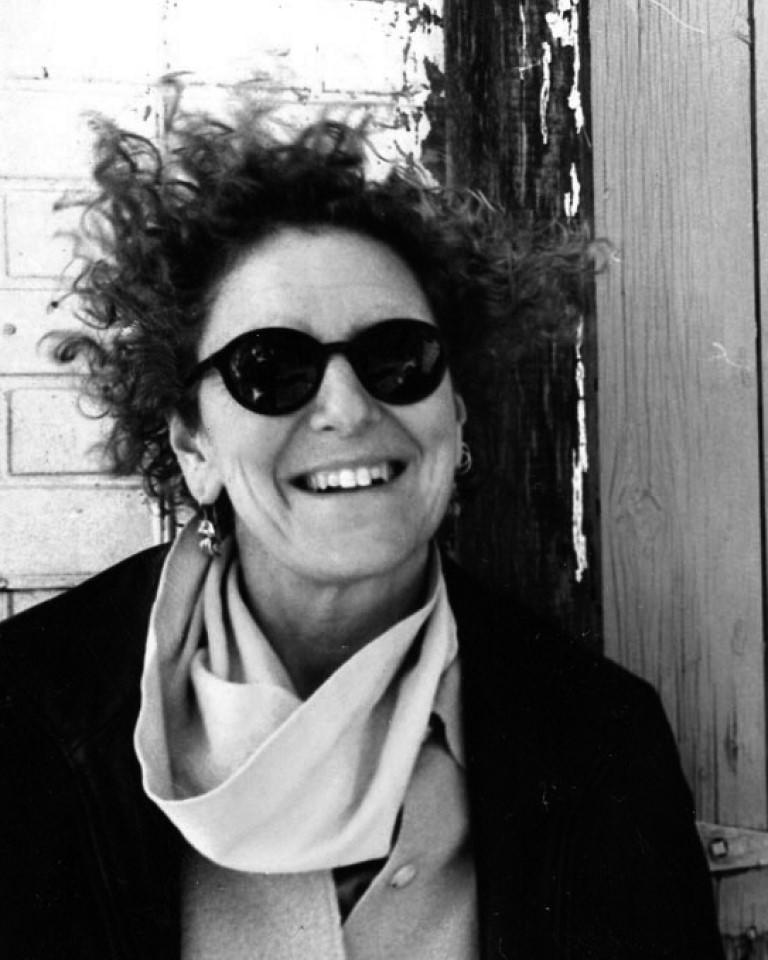Cima Katz

Mentor Spotlight | October 2013
Department: Visual Art
Years at KU: 35
Describe your research in a few sentences that we can all understand. My studio research uses digital technology, found and collected objects, and other mixed media to create work(s) that examine memory and history. I am passionate about how our individual and collective memories retain, alter and/or discard information and the role that objects can play in this process.
Q: How did you first get interested in doing research?
A: I grew up in New York and was exposed to all sorts of cultural opportunities from an early age. I’ve been making art for as long as I can remember.
Q: Is there someone who has been a great mentor to you? What about that person made him/her an effective mentor?
A: My freshman drawing teacher at Carnegie Mellon University, Herbert Olds, was the first passionate teacher and artist I encountered as a student. He so obviously loved what he did and it was infectious. I was still very young when I began teaching at KU and two colleagues, Peter Thompson (a painter and photographer and the former Dean of the School of Fine Arts) and Cynthia Schira, a well known textile artist were my informal collegial mentors. By example, they helped me negotiate a balanced professional life of teaching, research and service. In all cases, passion, integrity, seriousness of purpose and a great sense of humor were key. I remain in touch with all three to this day.
Q: What advice do you have for undergraduates interested in doing research in your field?
A: All art students make unique creative decisions from the very beginning. It is inherent to the process. Sustained creative research can be generated from multiple perspectives. Having knowledge of precedence, the ability to organize and to articulate intentions and goals, necessary technical and critical thinking skills, and of course the perseverance, patience and passion for sustained studio time are all components for successful creative research.
Q:What is your favorite part about mentoring undergraduates?
A: What is unique about the mentoring of young artists is that it is primarily a one on one endeavor. Helping students to discover their own priorities, methodologies and voice is a true joy.
Q: What do you find to be the most challenging part of mentoring undergraduates? Do you have any strategies that have helped you address this challenge?
A: It takes time and patience. Everyone must be allowed to make mistakes in order to learn from them. Sometimes it’s painful to watch. Experience has taught me it is worth it.
Q: How do you spend your time when you aren’t teaching or researching?
A: For me, research has become a balance between learning and making. The learning part of my research feels like a luxury. I am passionate about language, friendship and scuba diving. I am equally happy curled up with my four-legged friends in an intimate place reading or out exploring odd corners of the world.